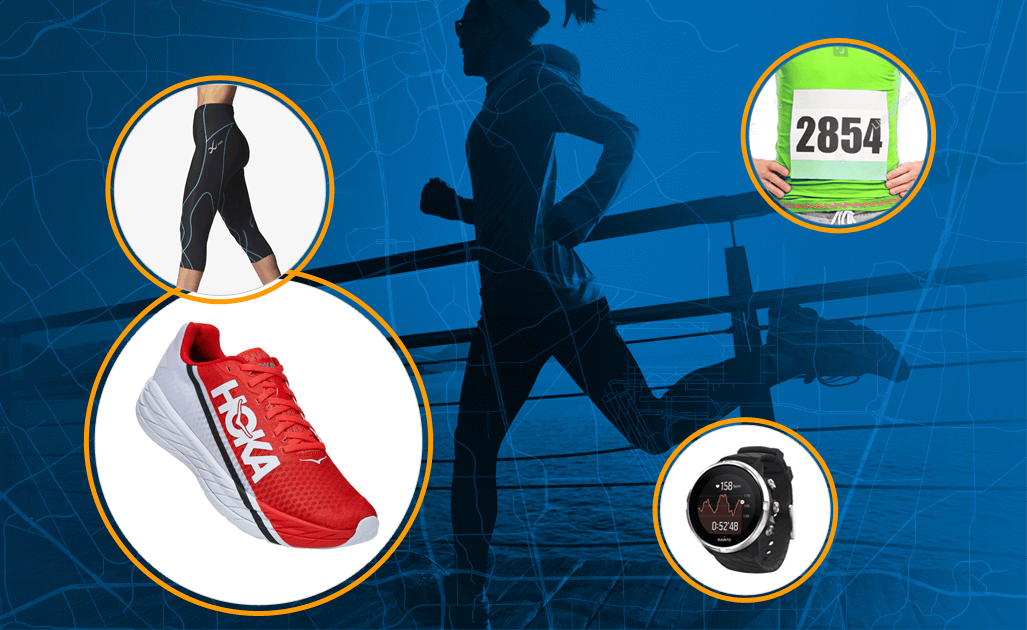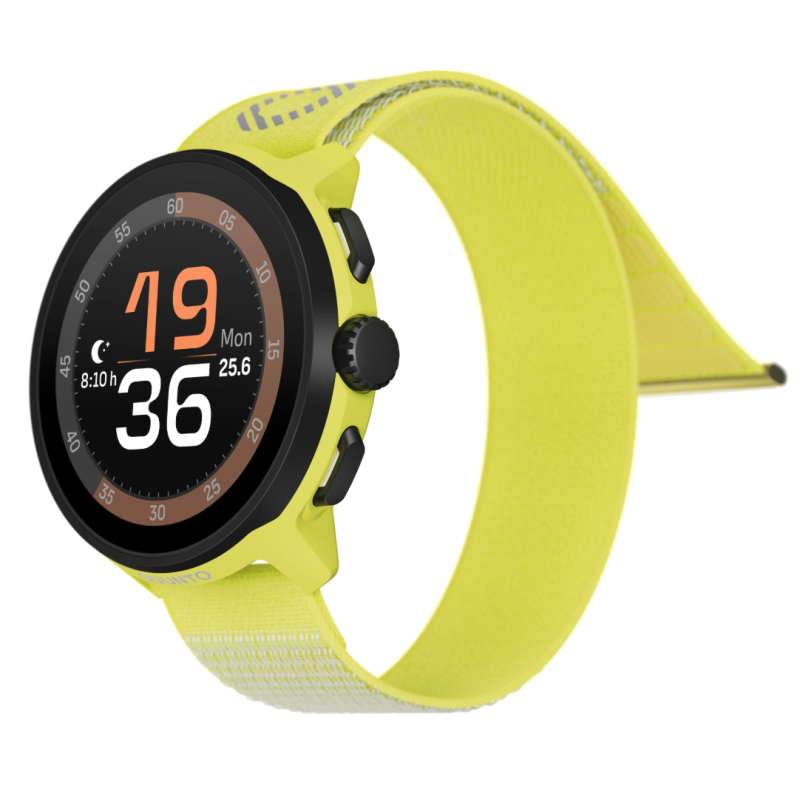
Finding a GPS running watch that balances features, accuracy, and affordability is tough. Many watches are over $400, packing in features you may never use. That’s why the Suunto Run Watch caught my eye and this is the first Suunto watch I've found that I actually like and use.
This isn’t a flashy, gimmick-heavy release. Instead, Suunto has created a watch that focuses on what most runners actually need: dual-band GPS, structured workouts, track mode, music storage, and solid battery life. For road runners especially, the Suunto Run makes a strong case as one of the best-value running watches in 2025.
Quick Facts
Before I pulled the Suunto Run out of the box, I honestly expected it to feel cheap. At $249, how premium can it be? But to my surprise, it looks and feels much more expensive than it is.
The packaging: The attachment pin for the strap is tucked away in a tiny compartment, and I almost thought mine was missing. It's a huge box for a watch and I don't love wasteful things but it's *fine*. Once assembled, though, the watch felt ready to go.
Battery Life: Gesture vs. Always-On Display
Battery life is one of the biggest selling points in this category. Suunto claims:
My experience has been close to those numbers. Using the gesture-based display, I got about a week of easy runs. When testing the always-on mode, I had to recharge every 3–4 days.
Compared to Coros watches, which are known for crazy-long battery life, this isn’t groundbreaking. But for an AMOLED GPS watch at this price, it’s competitive.
GPS Accuracy and Heart Rate Tracking
Is the Suunto Run watch GPS accurate? Yes. If you’re buying a running watch, GPS accuracy is the top priority. The Suunto Run uses the same dual-band chipset found in pricier Suunto models, and it shows.
On both winding desert trails and track intervals, the watch locked onto satellites quickly and provided precise pacing. It even handled sharp turns on 400m ovals with very little issue.
Heart rate accuracy was solid but not flawless. Like most wrist-based sensors, it’s fine for steady runs and daily tracking. During intervals, it occasionally lagged or spiked. Thankfully, you can connect a Bluetooth chest strap for more accurate HR data.
Recovery Features:
Suunto added a Recovery widget to the Run that rolls multiple data points into one easy-to-read score. Instead of juggling sleep metrics, HRV numbers, and training stress, it combines them into a single measure that shifts as the day goes on. To be honest, I don't care about these in the slightest. I don't sleep with a watch on but I do know these features are important to some.
Music Storage
Yes, the Suunto Run has music storage but no streaming. It supports MP3 file transfers only, which feels a little old school. I'm indifferent about it because I always bring my phone anyway. If you already have a digital library, this is usable. Otherwise, you’ll likely still bring your phone for music and safety.
Most people are here for the running watch features...right?
Track Mode and Structured Workouts
Treadmill Accuracy:
While the Suunto Run is great outdoors, treadmill mode leaves much to be desired. Like most watches, it relies on the accelerometer to estimate pace and distance. In my testing, results varied from slightly off to wildly inaccurate...sometimes by several miles over long sessions.
The lack of a post-run calibration option is frustrating, and hopefully something Suunto fixes in a software update. Due the Mojave Desert heat and wind, I do run a lot on the treadmill so it's unfortunate because you are likely never going to get an accurate reading until you can calibrate it.
Trail Running and Navigation
I run on trails most days and the dual-band GPS again performed well. It held accuracy in open desert, switchbacks, and sandy dunes. While some GPS watches undercount elevation changes, the Suunto Run was consistent.
The main drawback is the lack of offline maps. You do get breadcrumb navigation and route following, which is fine for shorter runs or familiar routes. But ultrarunners or those exploring remote trails may want a watch with built-in maps.
The Suunto Run Watch nails the basics...accurate GPS, track mode, structured workouts, lightweight design...
It’s not perfect. Treadmill accuracy is unreliable, music support is limited, and recovery metrics aren't as competitive as other GPS watches. But for most runners, this watch checks the right boxes at a price that undercuts big-name competitors.
Who Should Buy the Suunto Run?
Who Should Not Buy the Suunto Run?
I was paid to write an honest review of my choice.
Login to your account to leave a comment.


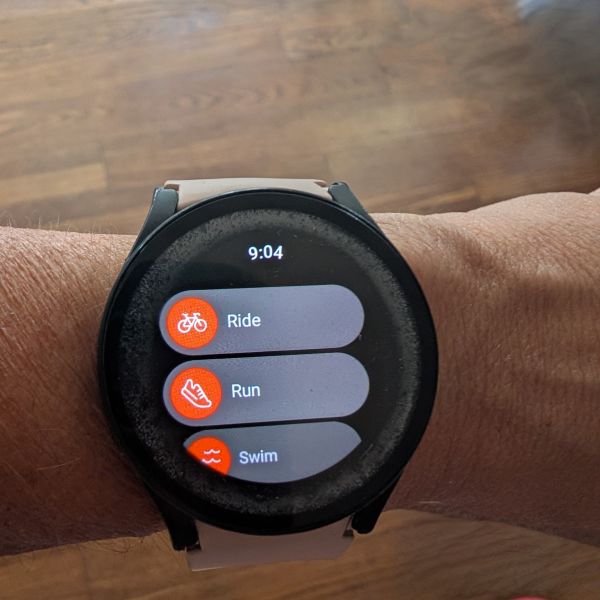
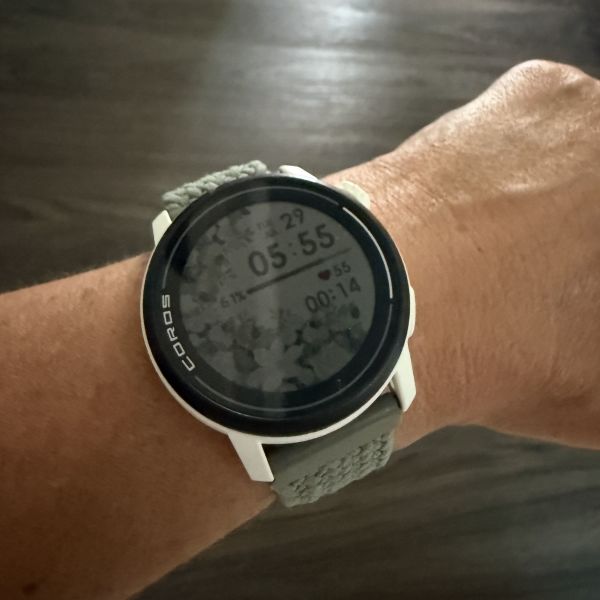
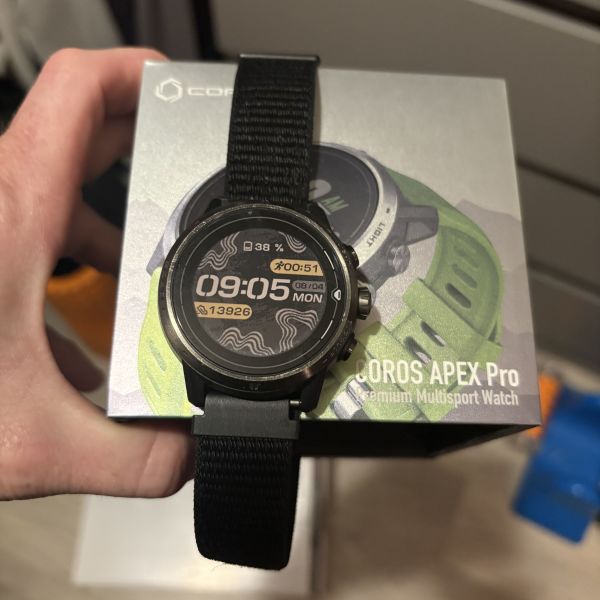
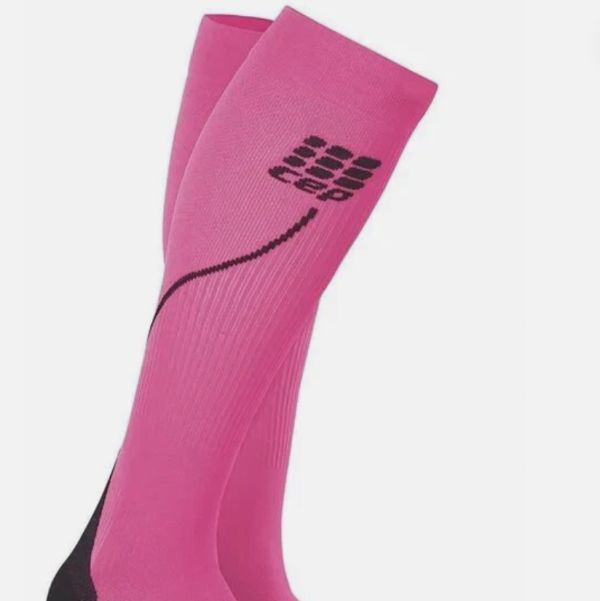
We Want to Give it to You!
